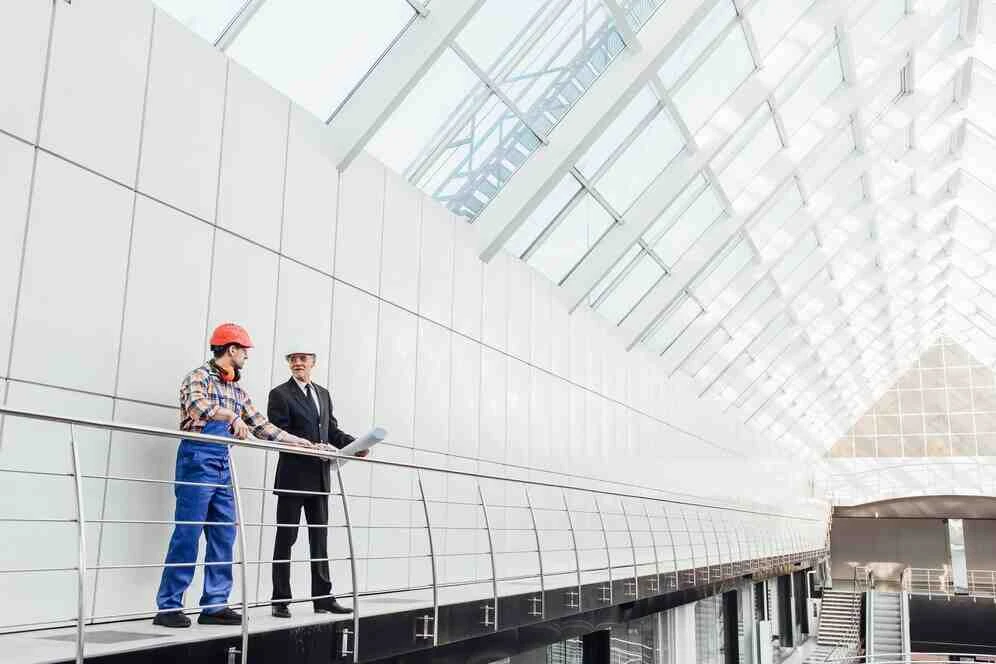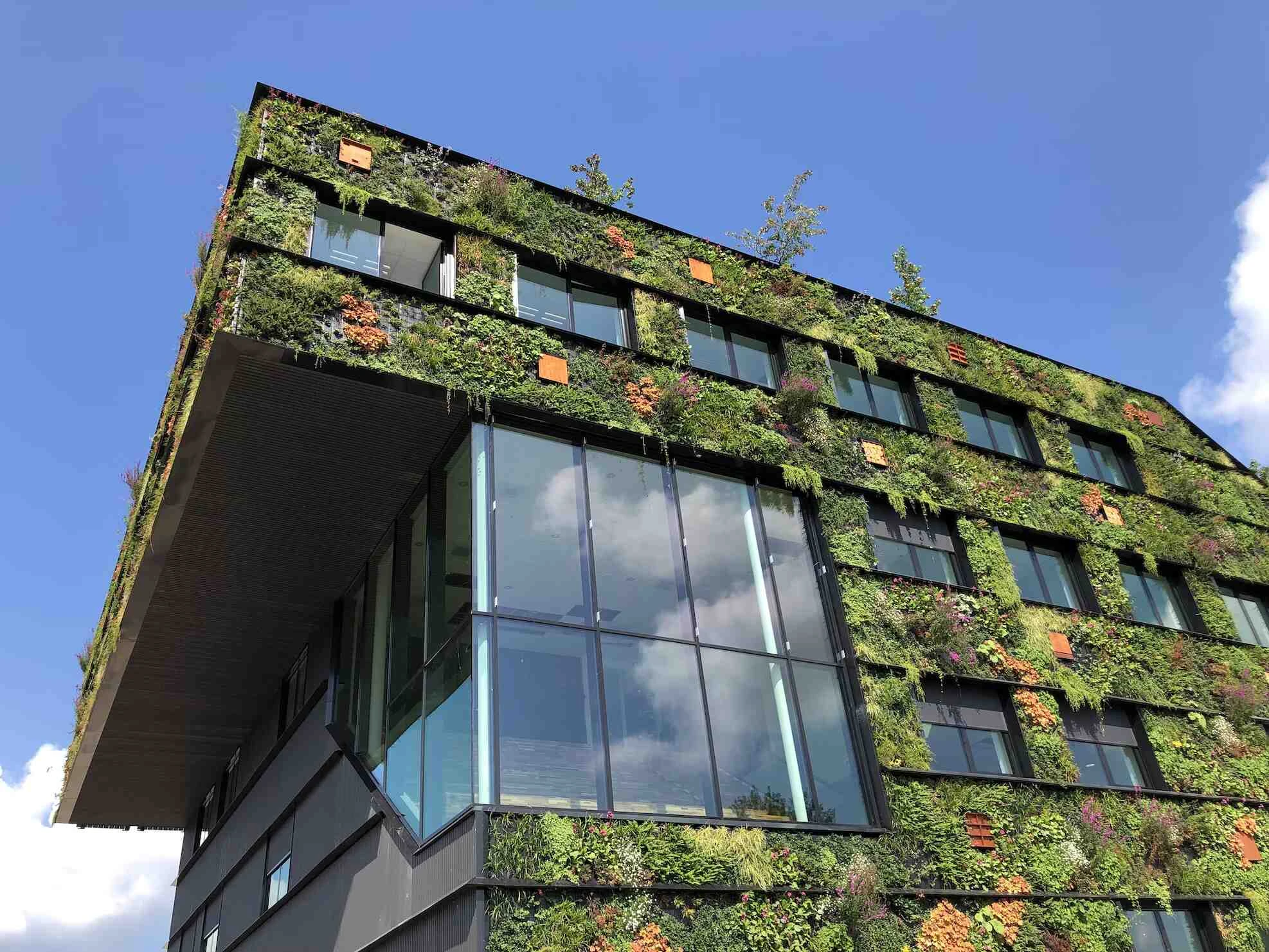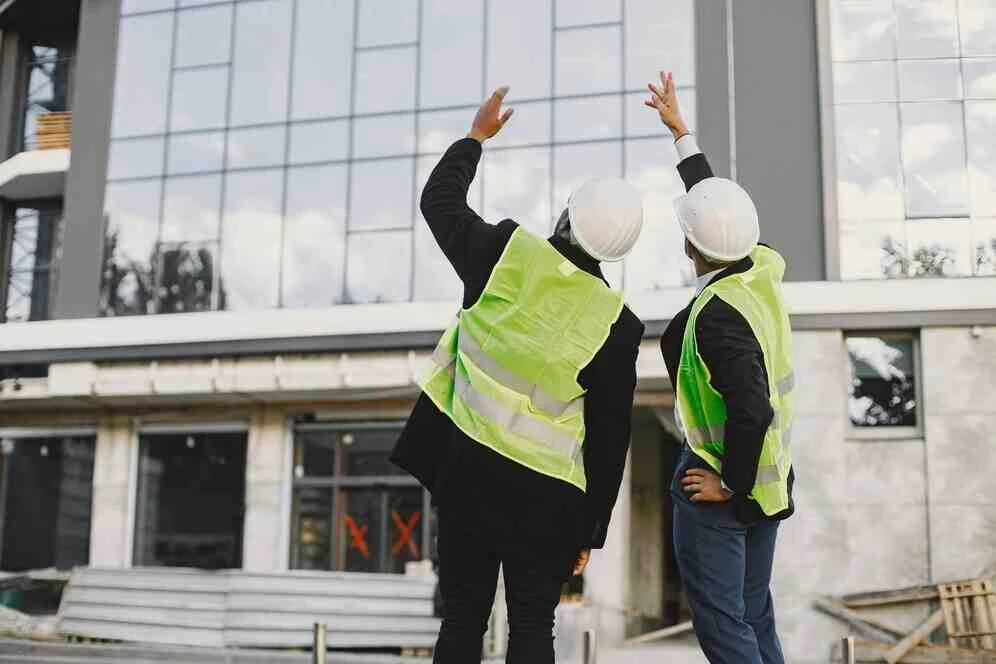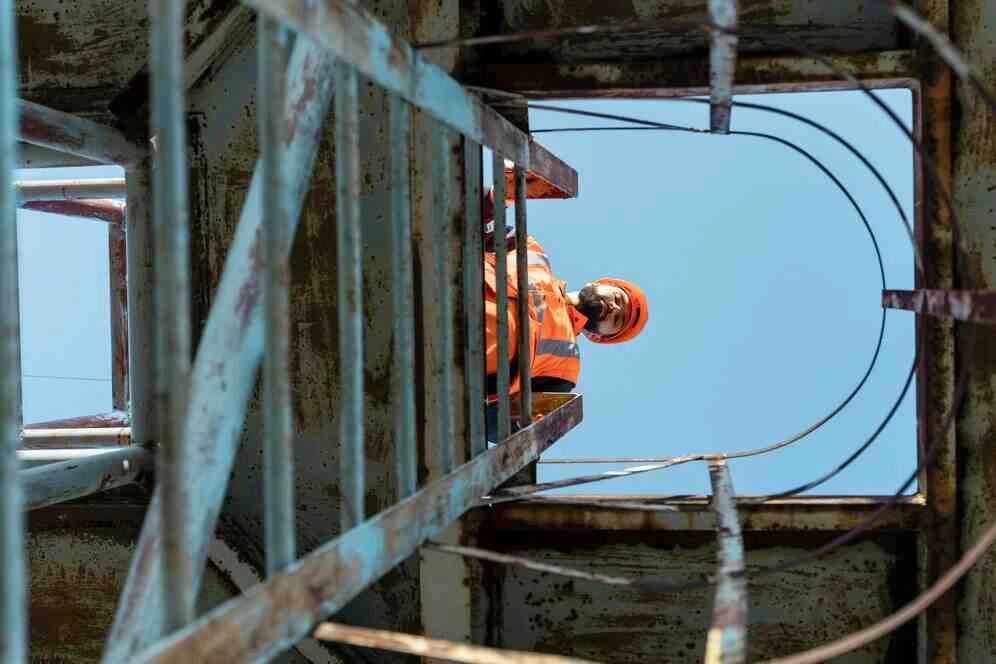
The Role of Safety in Architectural Design: Best Practices and Tips
Understanding the Significance of Safety
Safety is a multi-faceted concept in architectural design, encompassing various aspects, including structural integrity, fire safety, accessibility, and health considerations. It extends beyond the initial construction phase, impacting the long-term safety and well-being of occupants. Before we dive into best practices and tips, let"s underscore the significance of safety with a real-life example:
Real-Life Example: Grenfell Tower Tragedy
The Grenfell Tower fire tragedy in London, which occurred in 2017, serves as a haunting reminder of the consequences of inadequate fire safety measures in architectural design. The devastating fire, fueled by flammable cladding, claimed 72 lives and exposed the critical need for stringent fire safety standards and compliance. It serves as a stark reminder that safety must always be a top priority in architectural design.
Best Practices for Ensuring Safety in Architectural Design
-
Early Collaboration with Safety Experts: Engage structural engineers, fire safety consultants, and other safety experts early in the design process. Their insights can help identify potential safety issues and inform design decisions from the outset.
-
Compliance with Building Codes and Regulations: Stay up-to-date with local building codes and regulations. Compliance with these standards is non-negotiable and forms the foundation of safe architectural design.
-
Fire Safety Measures: Implement robust fire safety measures, including adequate escape routes, fire-resistant materials, and sprinkler systems. Consider the unique needs of different building types, such as residential, commercial, and industrial.
-
Accessibility and Universal Design: Ensure that your designs are accessible to all individuals, including those with disabilities. Incorporate universal design principles to create spaces that are functional, safe, and inclusive.
-
Structural Integrity: Collaborate closely with structural engineers to guarantee the structural integrity of your designs. This includes selecting appropriate materials, ensuring load-bearing capacity, and earthquake resistance where relevant.
-
Natural Disaster Preparedness: In regions prone to natural disasters, such as earthquakes, hurricanes, or floods, design structures that can withstand these forces. Employ resilient design strategies to minimize damage and protect lives.
-
Health and Well-being: Consider the health and well-being of occupants by providing adequate ventilation, natural light, and ergonomically designed spaces. Promote well-being by incorporating green elements, such as indoor plants and green roofs.
Tips for Enhancing Safety in Architectural Design
-
Thorough Site Analysis: Conduct a comprehensive site analysis to identify potential hazards or environmental considerations, such as flood zones or soil conditions, that may affect safety.
-
User-Centric Design: Prioritize user safety by designing spaces that accommodate the specific needs and behaviors of the intended occupants. For instance, in a school design, consider age-appropriate safety features.
-
Maintenance-Friendly Design: Create designs that are easy to maintain over time. Regular maintenance is crucial for safety, so consider access for repairs and replacement of critical systems.
-
Clear Signage and Wayfinding: Implement clear signage and wayfinding systems to help occupants navigate buildings efficiently during emergencies.
-
Testing and Mock Drills: Encourage regular safety drills and testing to familiarize occupants with evacuation procedures and to identify potential weaknesses in the design.
-
Material Selection: Choose materials with safety in mind. Opt for non-toxic, low-emission materials to improve indoor air quality and reduce health risks.
-
Sustainability and Safety: Integrate sustainability and safety by considering the environmental impact of your designs. Sustainable features, such as energy-efficient lighting and materials with low embodied carbon, can contribute to a safer, more sustainable built environment.
Real-Life Example: The Burj Khalifa
The Burj Khalifa, the world"s tallest building located in Dubai, stands as a testament to safety in architectural design. Its construction incorporated cutting-edge technologies and stringent safety measures to ensure the well-being of both construction workers and future occupants. Safety was paramount, with features such as high-strength concrete, advanced wind engineering, and a state-of-the-art fire safety system.
Conclusion
Safety in architectural design is not an option; it"s a moral and professional imperative. Architects have a profound responsibility to create spaces that prioritize the safety and well-being of all who inhabit them. By adhering to best practices, staying current with regulations, and embracing safety as a guiding principle, architects can transform their designs into sanctuaries of both beauty and security. Safety, after all, is the foundation upon which truly remarkable and enduring architectural works are built.











